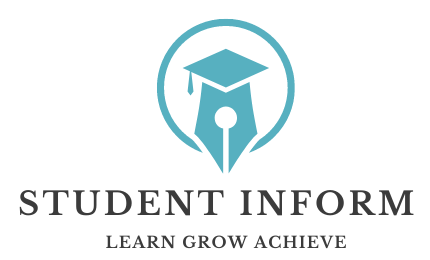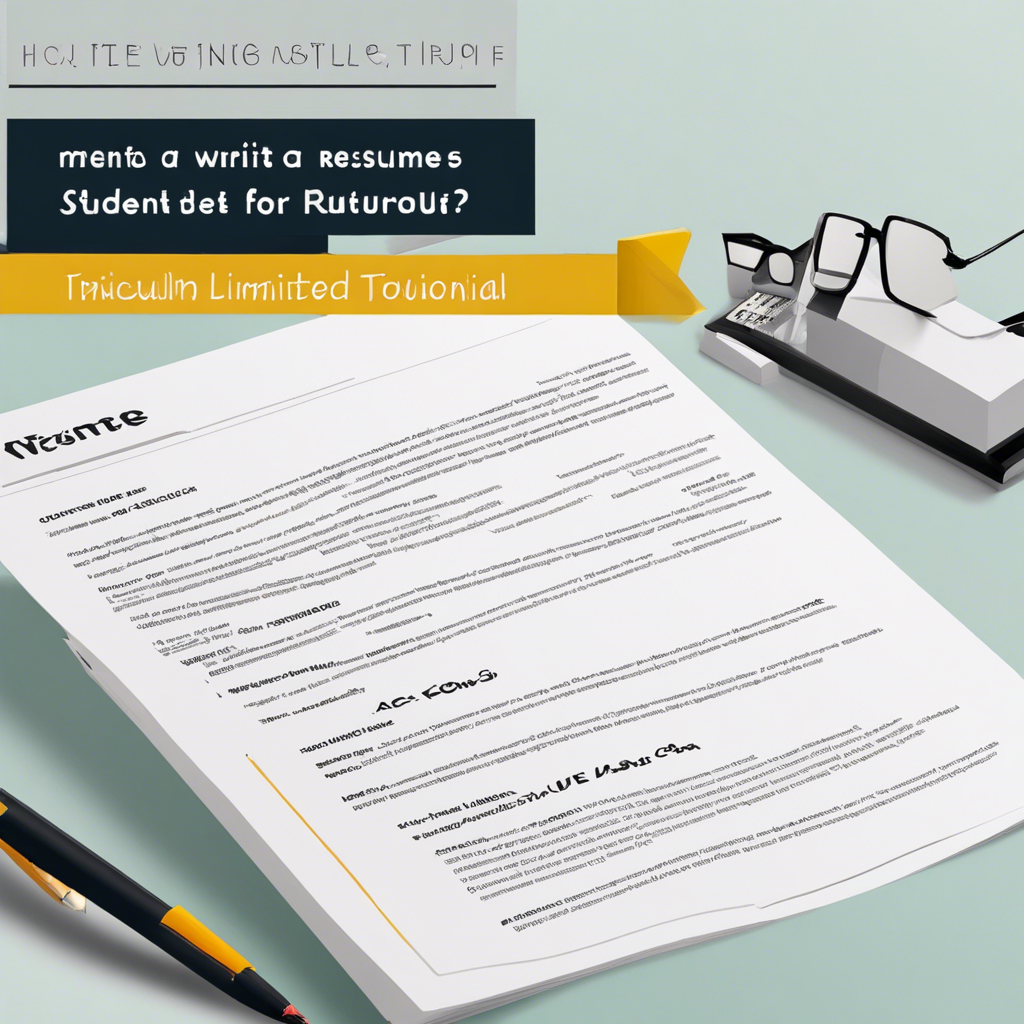Creating a resume as a student can be a daunting task, especially if you’re juggling classes, part-time jobs, and the never-ending quest for experience. But fear not! This step-by-step tutorial will guide you through the process of crafting a standout resume, even if your experience feels limited. By the end of this journey, you’ll have a document that not only showcases your skills and potential but also grabs the attention of prospective employers or educational institutions. So, let’s dive into the world of resume writing and unlock the secrets to your professional success.
First, understand that the purpose of a resume is to present a snapshot of your skills, experiences, and accomplishments in a clear and concise manner. As a student, your resume might look a bit different from that of a seasoned professional, and that’s okay! The key is to focus on your relevant experiences, whether they’re from academics, extracurricular activities, volunteering, or part-time jobs. Every bit of experience counts and can be tailored to the position or opportunity you’re aiming for.
**Start with a Basic Structure:** Begin by organizing your resume into easily digestible sections. Common categories include Education, Work Experience, Skills, Projects, and Achievements. Tailor these sections to highlight your most impressive and relevant achievements.
**Education:** List your current degree program and expected graduation date. Include your GPA if it’s impressive (generally above 3.5). You can also mention relevant coursework or projects that demonstrate your expertise.
**Work Experience:** Don’t fret if you’ve only had a summer job or a few part-time gigs. Highlight the responsibilities and achievements from these roles, especially those that showcase transferable skills like teamwork, leadership, or problem-solving.
**Extracurricular Activities:** This section can be a goldmine for showcasing leadership skills, dedication, and passion. Whether you were the president of a club or organized a successful charity event, these experiences matter.
**Skills:** List technical skills, software proficiencies, languages, or certifications you’ve acquired. Soft skills like communication and teamwork should also be highlighted.
When crafting your resume, use bullet points to describe your experiences and responsibilities. Start each sentence with active verbs to make your resume more dynamic. For instance, “Led a team of five volunteers to organize a community event” or “Developed a website using HTML and CSS.”
**Tailor Your Resume:** Customize your resume for each application. Review the job description or program requirements and mirror the language used to describe your own skills and experiences.
**Proofread and Edit:** Spelling and grammar mistakes can detract from your professionalism. Proofread carefully and consider asking a friend or career counselor for feedback.

